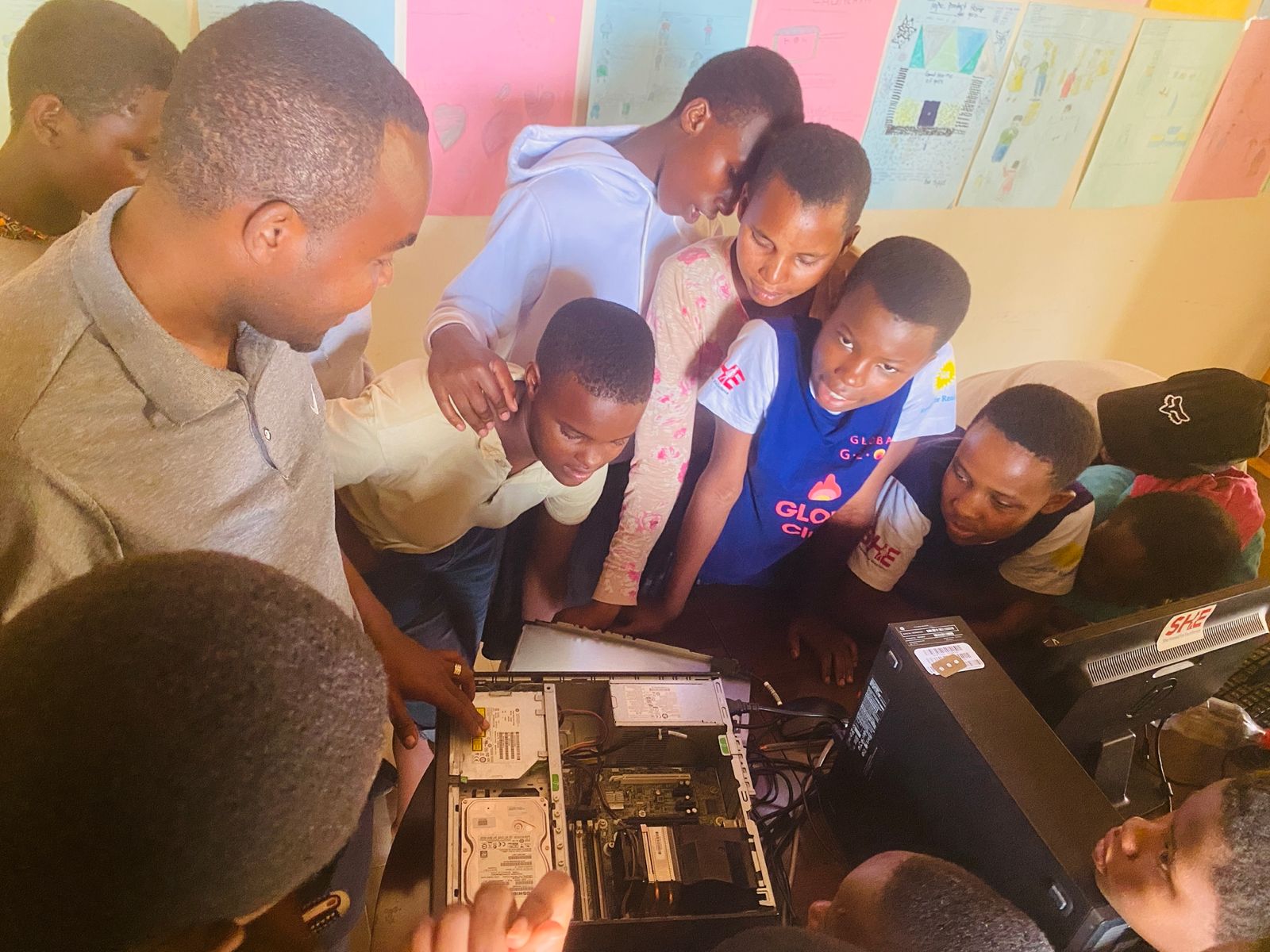“There is greater within-gender than between-gender variation in abilities including overall intelligence, verbal communication, sciences and visual-spatial abilities” — Barnett.
Historically and traditionally, men and women differ considerably in approaching careers and the kind of choices they make. Several factors count for these variances. The first and the most predominant are social norms and experiences. People in our lives are not left out: they range from parents, relatives, and siblings to teachers, friends, and the media – to those with access. At the same time, all these factors influence individuals differently, but mostly on how they view themselves based on gender.
Let’s introduce a perceptive. Parents mostly tend to treat their children differently from early childhood teachers. This is common in Rwanda, and so is it in other parts of the world. They encourage young girls and boys to engage in gender-relative activities and sports ( boys playing with trucks and jumping high while girls play with dolls and help cooks at home). Teachers at School do the same: they hold different expectations towards boys and girls based on their gender. While boys are expected to be more rambunctious and physically active, girls are anticipated to be more sensitive and sociable. This is consistent and consistent in sending the message, painting the difference between boys and girls.
In schools, you will be shocked to see the materials used and how they are differentiated (consciously or not). Some books that are distributed, for instance, will portray boys and girls in such a stereotypical manner – men as doctors and women as nurses) and social roles: working fathers and stay-at-home mothers) and the list goes on….
Consequences….
At this point, the whole idea of social norms and social experiences affects both genders, and it sure does. However, it is presumed to have a more significant adverse effect on girls because it limits and restricts their options and opportunities more than boys. This is evident, especially in their adulthood, when boys are expected to work, but the decision to enter the labour market is presented as optional and a choice for a female. Hence, gender is a contributing factor, especially when it comes to the initial decision of whether or not to pursue paid work outside the home, and a whole can
What is the reality….then
Regardless of the amount of literature, what is customarily ignored is the little difference between boys and girls. Even those that exist are less real of any magnitude. There is greater within-gender than between-gender variation in abilities, including overall intelligence, verbal communication, sciences, and visual-spatial skills, and SHE truly understands this.
All our programs are centred around the understanding that there is more to girls. There is intelligence and economic benefit to our country. Thus, all participating girls in programs get a chance to learn about who they are and their capabilities with an end goal: taking up the space and pursuing careers ranging from social sciences to pure sciences. To achieve this, women take ownership. We believe it takes one to know one — meaning only those who have probably gone through the same experience and managed to come out of it can help the rest.


